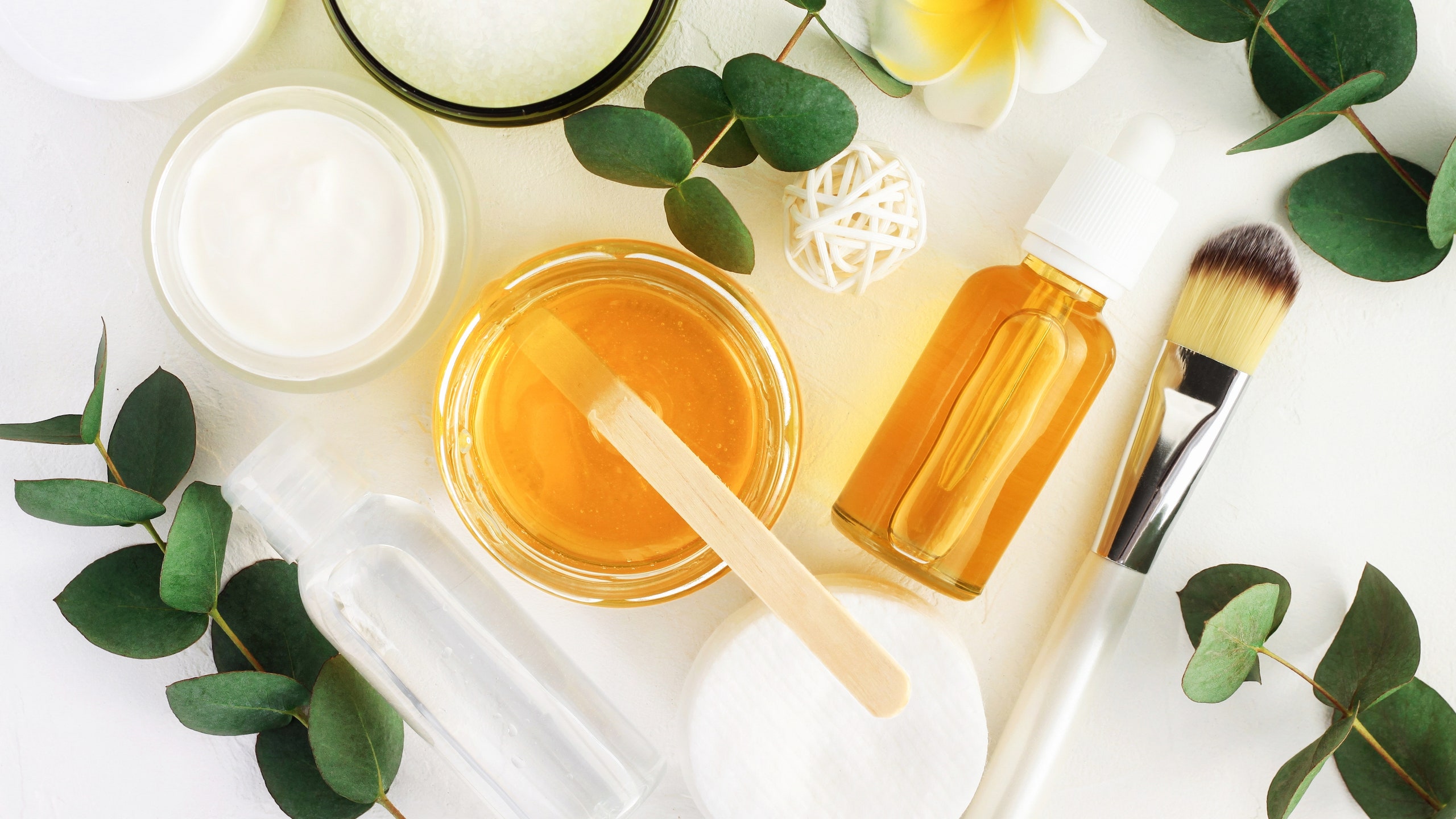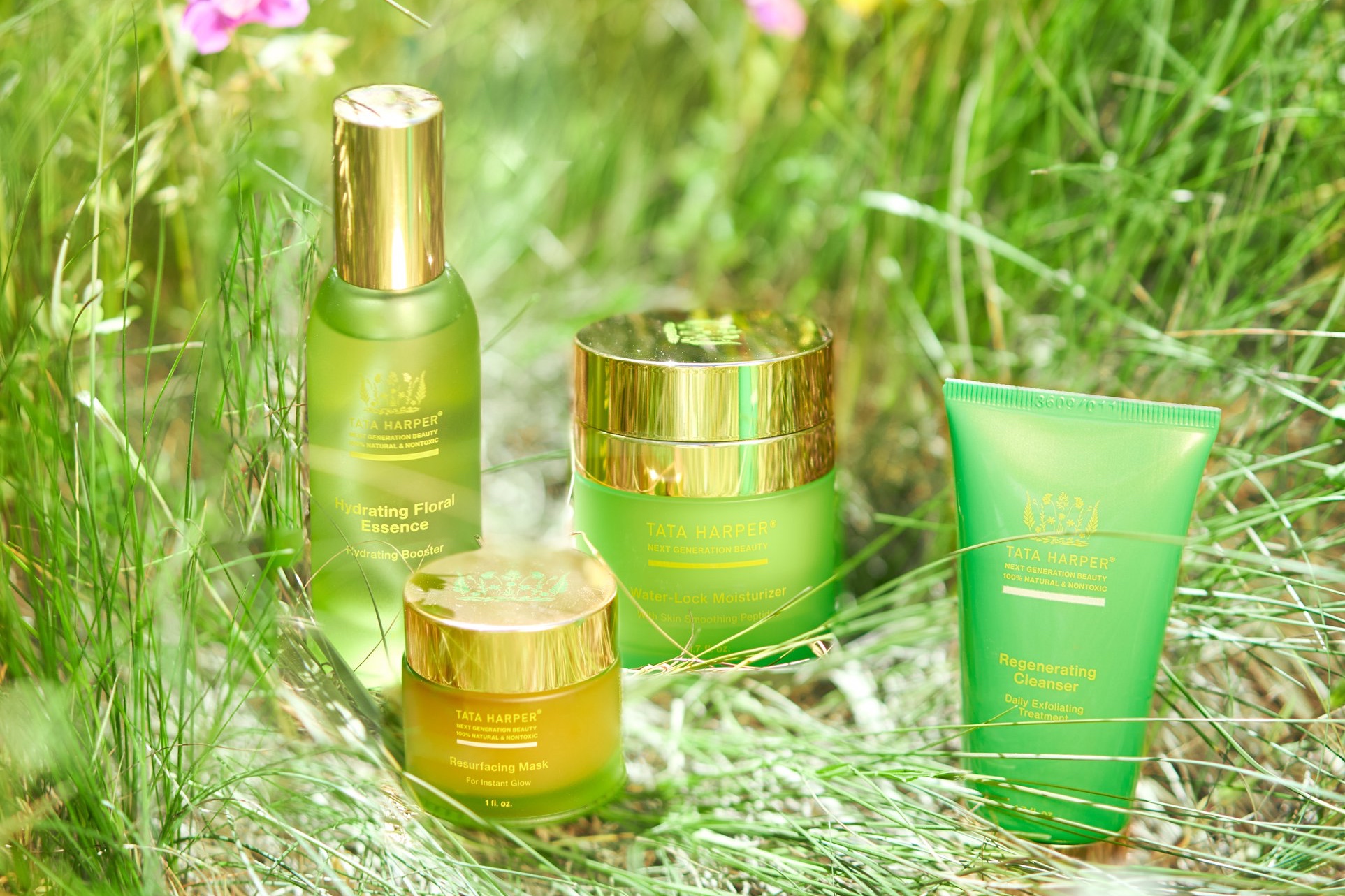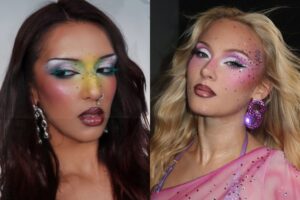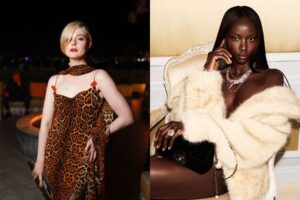Choosing what beauty products to line our bathroom shelves has evolved from picking out the bare necessities, to becoming an art form in itself as the beauty industry continues to grow and innovate. Today, plant-based skincare products are now no longer just limited to bar soaps and fruit scrubs – they now occupy more than a few seats on the luxury aisle, promising fewer to zero toxic chemicals, sustainable practices, natural beauty, and a truly pampering experience.

However, just because something is natural doesn’t mean it’s necessarily good or eco-friendly. As we become more wary and learned about what we put on our skin, it’s important to know which products or brands truly live up to their “natural” or “green” claim. The term “natural” is not even regulated by the FDA, meaning that any company can claim that their product is “natural” or “naturally-derived”, but actually churn out products that are potentially harmful.
So how does one find their way between what’s natural, what’s organic, and what’s green? Thankfully, we had a little help from the “Queen of Green” herself, Tata Harper, founder of Tata Harper Skincare, to share a little bit of know-how to help you discern the difference between what’s truly natural and ethical, and what’s just all talk.
Natural

While this term isn’t regulated, it does serve as an umbrella term for beauty products that use naturally-sourced ingredients, from using shea butter as a moisturising component to fragrances derived from essential oils.
However, not all natural ingredients can be used safely on the skin. Take essential oils for example, they are not regulated and if used undiluted, can cause problems such as irritation or damage to the skin. Natural products can also include natural but unsustainable ingredients such as palm oil, which is a major driver of tropical deforestation.
Clean
View this post on Instagram
Similar to natural beauty, clean beauty is a very loose term to describe beauty brands that exclude potentially harmful or toxic ingredients from their products. Clean beauty products also include ingredients that have been responsibly and ethically sources – with our bodies and the health of the environment in mind.
“Clean also means brands making any effort to clean up – whether it’s removing two or six ingredients, or by having more sustainable packaging,” Tata says. “You can also decide how clean is clean for you. It’s important to understand what is the goal for yourself – whether it’s to go vegan or if you want everything to be super-certified and coming from the Earth.”
Green
View this post on Instagram
Green beauty can either feature a synthetic or natural ingredients list, but places more emphasis on ensuring that the formulation or packaging is sustainable, or does not harm the environment. For a brand or product to be green can be distinguished by the labels they use.
Labels that certify a brand is “green” include the ECOCERT certification, which certifies all the raw materials in a product’s formulation are derived from renewable resources, manufactured using environmentally-friendly processes, and are free from GMO and synthetics. It also evaluates the packaging to ensure that it meets their biodegradable or recyclable criteria.
Another label that can be attached to green beauty brands is the FSC® logo, which looks like a little tree and can usually be found on the packaging of beauty products. This basically certifies that the packaging’s material comes from a forest that’s been responsibly managed, FSC-certified forests or from post-consumer waste. These forests are specifically used in production, and created without illegal deforestation of undesignated land, and with each tree that’s cut down, up to five trees will be replanted in its place.
Organic
View this post on Instagram
Just because something is natural doesn’t mean it’s organic. For a product to be completely organic, it has more to do with the farming practices that go into creating its ingredients.
“You can buy a product that’s completely natural but is zero organic because it’s grown with synthetic fertilisers and pesticides for example,” explains Tata. “Organic basically verifies that this natural product has been grown without these practices and has also started without a genetically-modified seed. Sometimes we can even have products that are 100% natural but the organic content is only 40%, meaning the rest of that product isn’t grown with organically.”
The emergence and rapid growth of green and clean beauty brands stem from beauty addicts and consumers becoming more focused on their health, wellbeing, and the state of the environment. Tata points out how people are now looking into buying the right product, and investing into the right brands – which is one of the driving forces behind her beauty brand.
“We keep our brand transparent and sustainable,” she concludes. “At the core of it is health, and wellness. It’s a big part of how we formulate and how we make decisions around making our product.”








